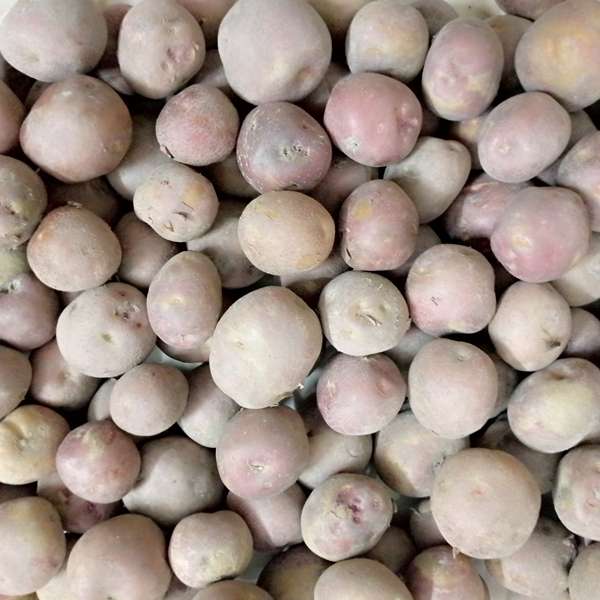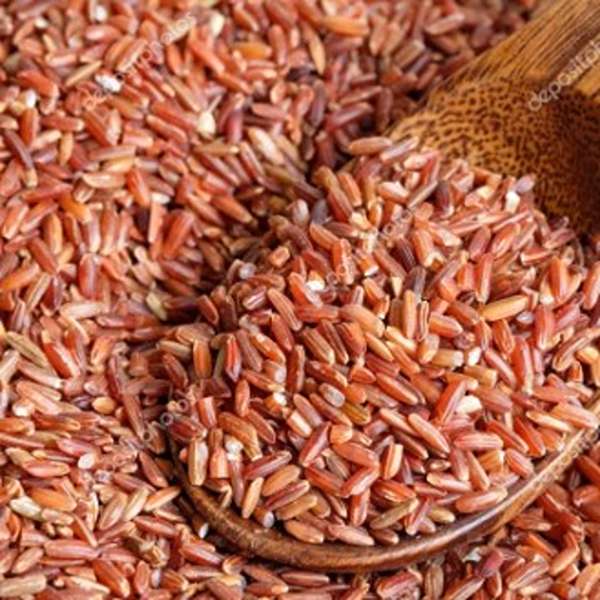Rice (Red)
Category
Sub-Category
Completed orders
Price
Delivery Cost
Minimum Order
Location
Red rice is a type of whole grain rice that gets its distinctive reddish color from anthocyanins, a group of powerful antioxidants. It's considered one of the healthiest rice varieties due to its rich nutritional profile, earthy flavor, and chewy texture.
🌾 Key Qualities of Red Rice
1. Nutritional Value
-
Rich in fiber: Red rice retains the bran layer, making it high in dietary fiber which aids digestion and helps regulate blood sugar.
-
Packed with antioxidants: Especially anthocyanins, which give the red hue and help combat free radicals.
-
High in essential nutrients: Includes iron, zinc, magnesium, B-vitamins, and manganese.
-
Low glycemic index: Releases sugar slowly into the bloodstream, making it beneficial for diabetics.
2. Flavor and Texture
-
Nutty and earthy flavor: Deeper and more complex than white rice.
-
Chewy texture: Holds shape well, making it ideal for salads, bowls, and hearty meals.
3. Varieties
-
Popular types include:
-
Bhutanese red rice
-
Himalayan red rice
-
Thai red cargo rice
-
Camargue red rice (France)
-
Local varieties from South and Southeast Asia, such as Bangladeshi Lal Chal.
-
4. Health Benefits
-
Heart-healthy: Antioxidants and fiber may reduce cholesterol and support cardiovascular health.
-
Weight management: Keeps you full longer due to high fiber content.
-
Supports immunity: Iron and zinc help strengthen the immune system.
-
Gluten-free: Naturally gluten-free, suitable for people with gluten sensitivities.
5. Culinary Uses
-
Great in rice bowls, pilafs, stir-fries, salads, or served alongside curries and vegetables.
-
Soaking before cooking is often recommended to reduce cooking time and improve texture.
📌 Summary
| Quality | Description |
|---|---|
| Color | Red to reddish-brown (due to anthocyanins) |
| Texture | Chewy, hearty |
| Flavor | Earthy, nutty |
| Health Benefits | Antioxidant-rich, high in fiber, supports heart & digestion |
| Culinary Use | Versatile — works in savory and whole grain dishes |
You may like this
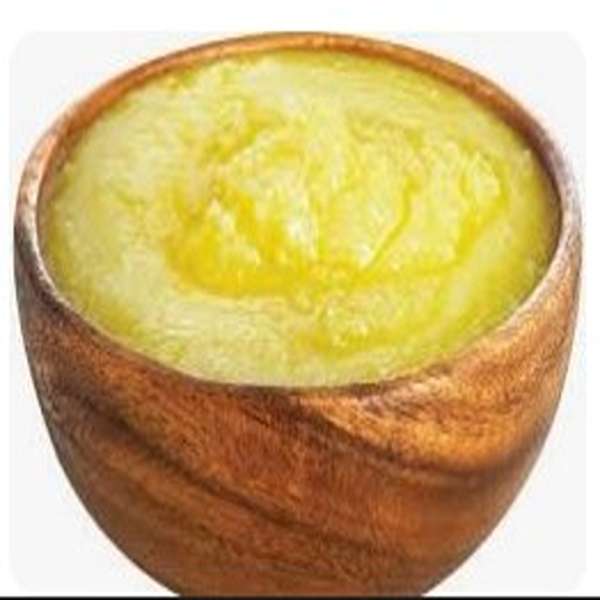
Ghee
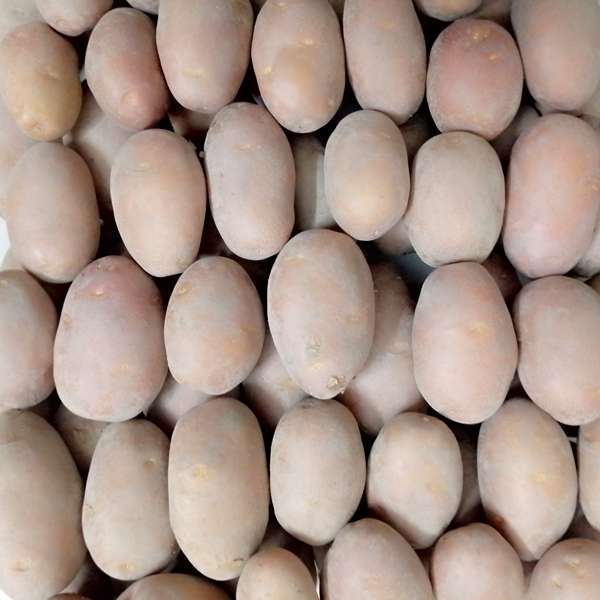
Potato (Katinal)
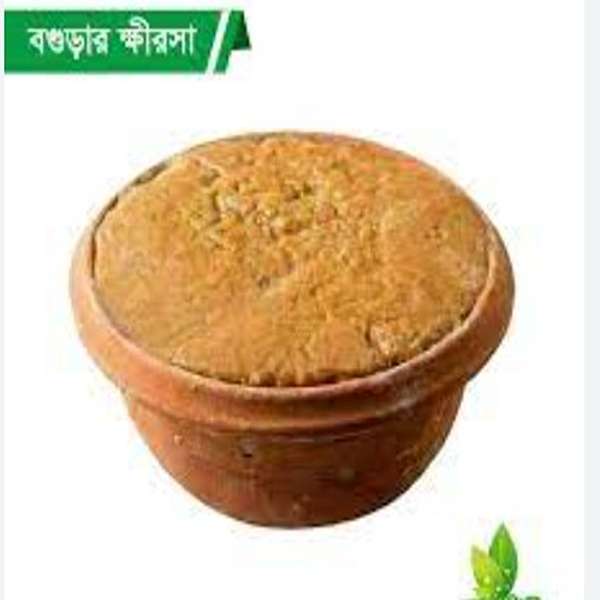
Khirsha
